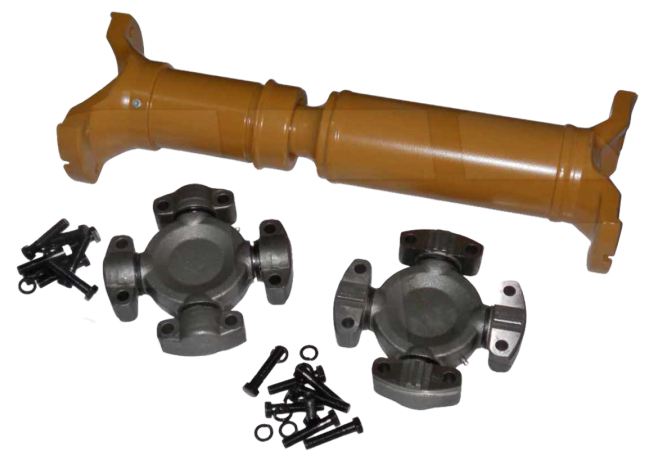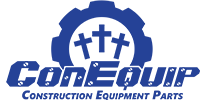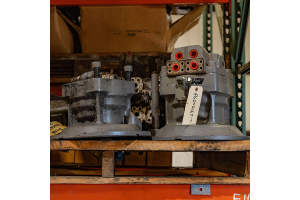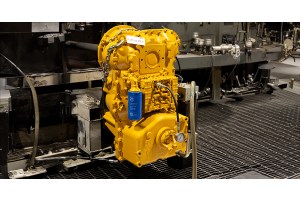
What is a Universal Joint?
A universal joint, also known as a U-joint, is a small yet essential component in many machines' drivetrains. This cross-shaped device connects the driveshaft to the differential, allowing for the transfer of torque between two non-aligned shafts. It plays a crucial role in maintaining smooth power transmission and compensating for the movements of the vehicle's rear axle and wheels.
- Connects the driveshaft to the differential or sometimes the transmission.
- Cross-shaped design with bearings on each end.
- Permits lateral and side-to-side movements of the driveshaft.
What Do They Do?
The U-joint enables the the driveshaft to absorb motion that it otherwise would not be able to. This design is crucial as a direct driveshaft would bend when encountering bumps or other uneven driving conditions. U-joints compensate for this motion, ensuring that the driveshaft can spin freely under all conditions.
Indications of a Failing Universal Joint
Over time, U-joints can wear out due to factors like insufficient lubrication and constant use. Here are some telltale signs of a failing U-joint:
-
Clunking Sound when Accelerating: A failing U-joint often produces a noticeable clunking sound, especially when you accelerate. This noise results from the play in the worn-out bearings.
-
Vibration at Certain Speeds: If you experience vibrations, especially at the center or rear of the machine, it could indicate that the U-joint bearings have worn significantly, causing an imbalance in the drivetrain.
-
Squeaking Noise when Moving: Insufficient grease in the U-joint bearings can lead to metal-to-metal contact, resulting in squeaking noises as the driveshaft rotates.
-
Clunk and Ringing Sound when Shifting Gears: Excess clearance in the U-joint bearings may cause the driveshaft to rotate slightly and then abruptly stop when shifting from drive to reverse, leading to a clunking and ringing sound.
-
Transmission Fluid Leaks: In severe cases, a badly worn U-joint can lead to transmission fluid leaks from the rear of the machine, causing damage to the output shaft seal and tailshaft bushing.
-
Loss of Power: If a U-joint breaks completely, the driveshaft will disengage, resulting in a loss of power to the wheels or tracks.
Addressing U-Joint Problems
When you encounter any of the above symptoms, it's crucial to address the U-joint issues promptly to avoid further damage to your machine's drivetrain. Depending on the extent of wear, you may need to:
- Inspect the U-joints for signs of damage or lack of lubrication.
- Replace worn-out U-joints with high-quality, compatible replacements.
- Address any leaks and transmission damage caused by U-joint failure.
Need a U-Joint for your machine? Click below to get a quote today!









